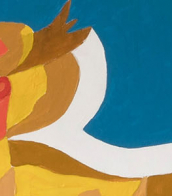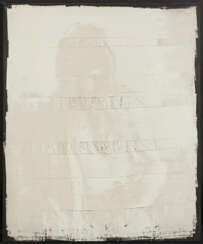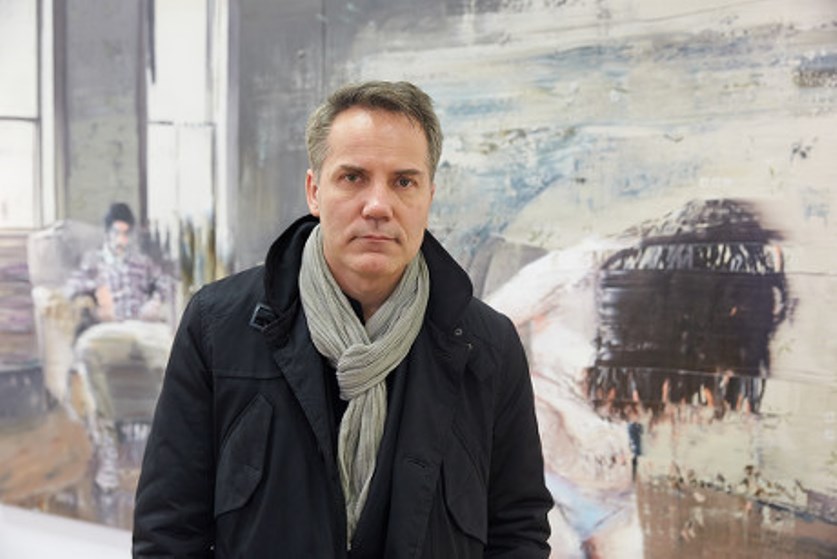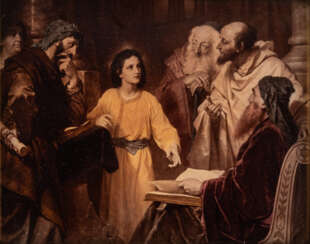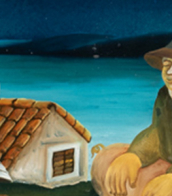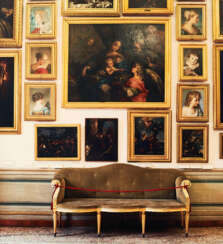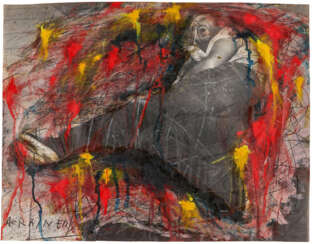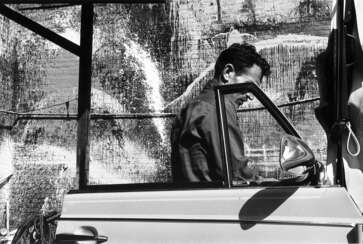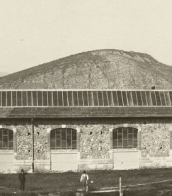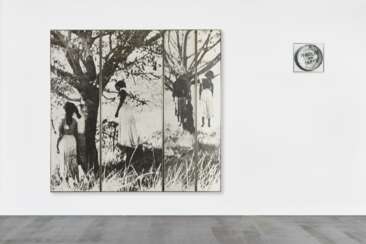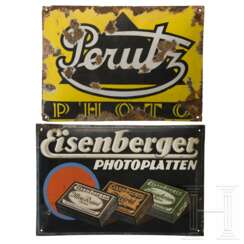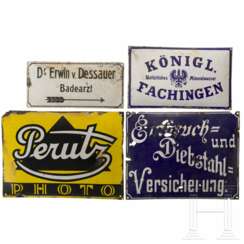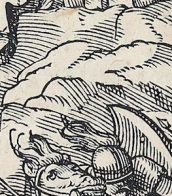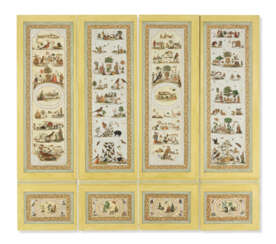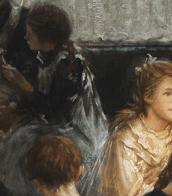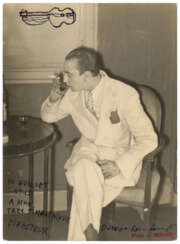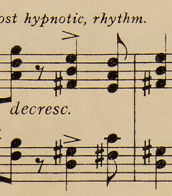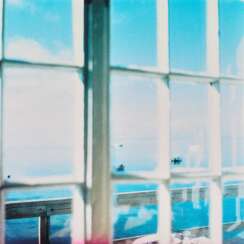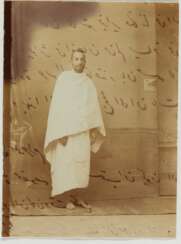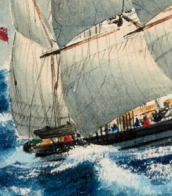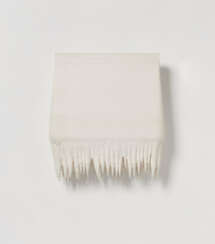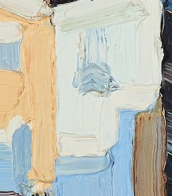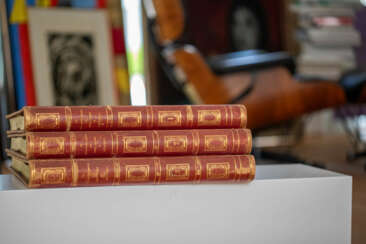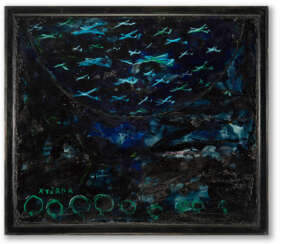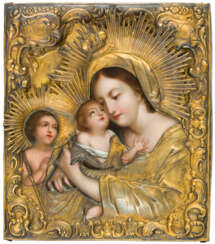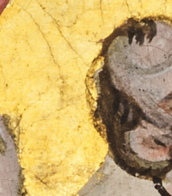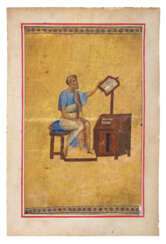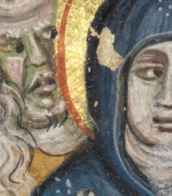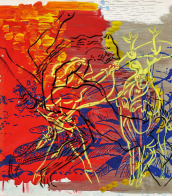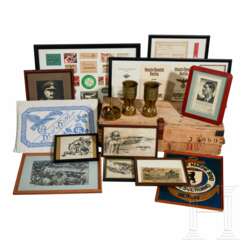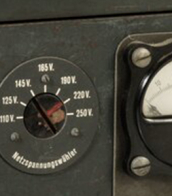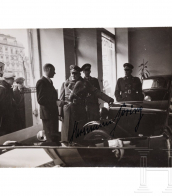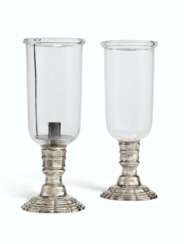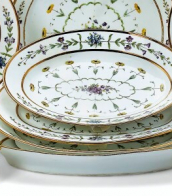photo painting
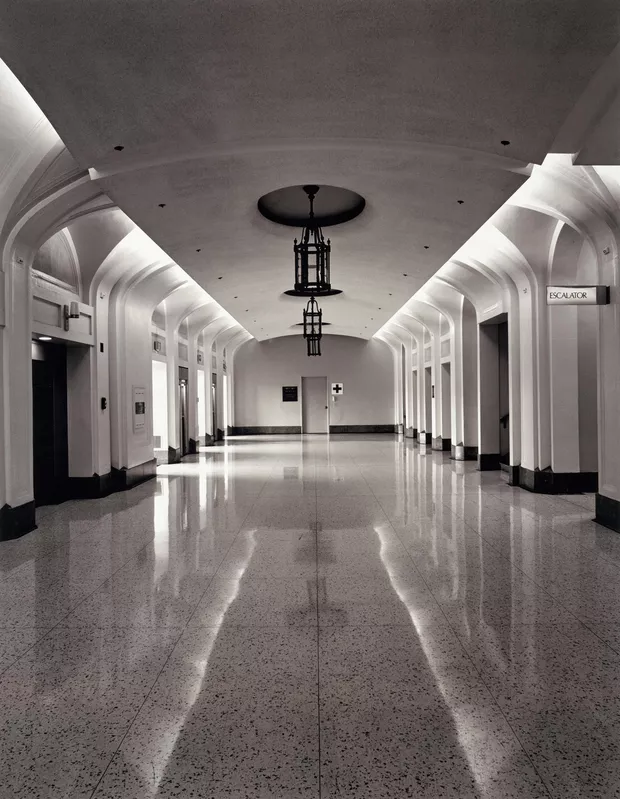
Doug Hall is an American photographer and media artist, who has received national and international recognition for his work in a range of practices including performance, installation, video, and large scale digital photography. He was a member of T. R. Uthco Collective (1970–1978). From 1981 to 2008, he was a member of faculty in the New Genres Department at the San Francisco Art Institute (SFAI). After retiring from the SFAI, he joined the Graduate Fine Arts faculty at the California College of the Arts (CCA) from 2008 to 2015.
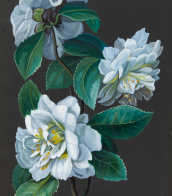
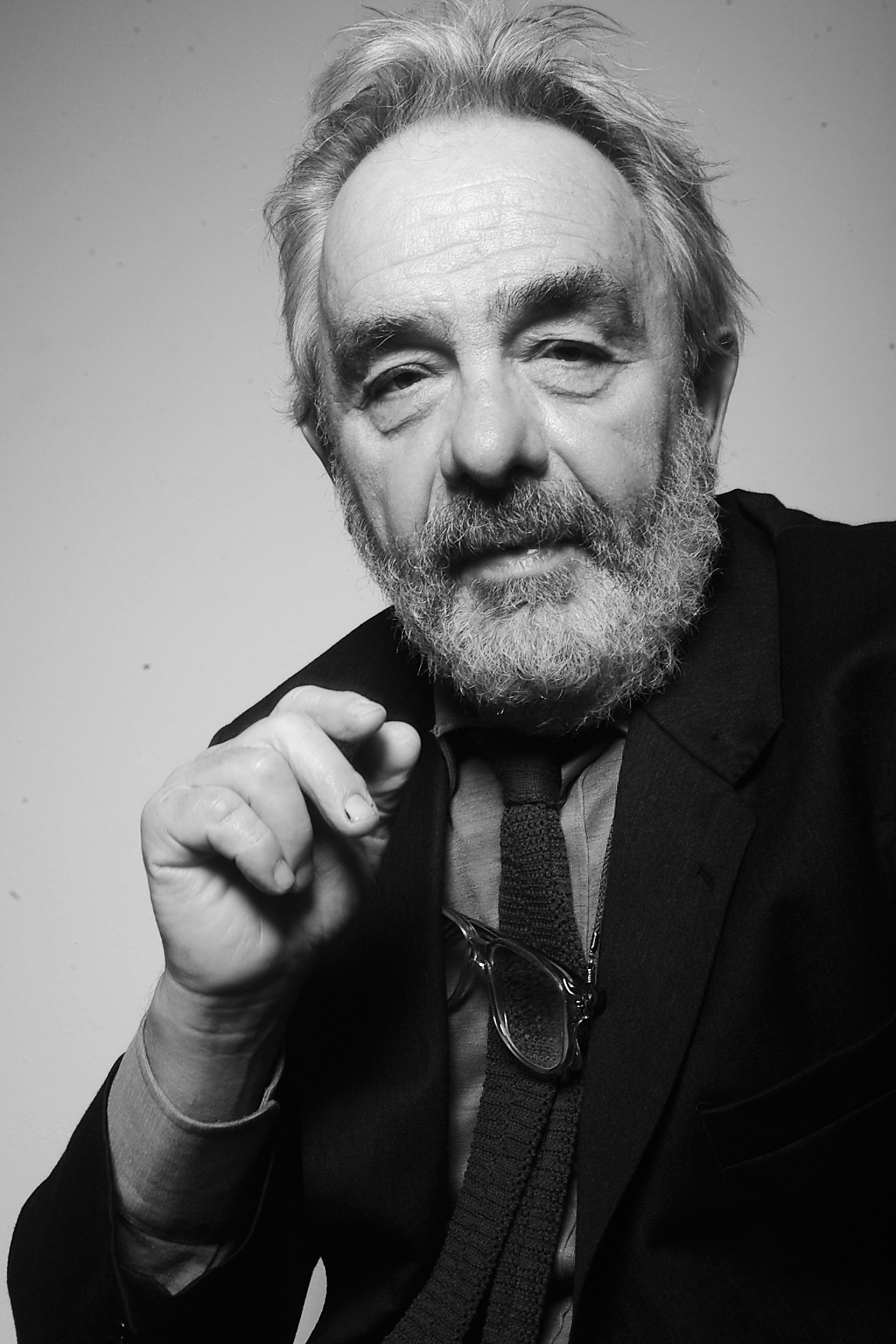
Arnulf Rainer is an Austrian artist who painted in the genre of informal abstract art.
From his early works the artist was inspired by the ideas of Surrealism. He also created works of art where he applied paint over photographs and works of other artists.
In the 1950s, Rainer painted a series of blindfold paintings in the technique of Surrealist automatism. In 1978 he received the Austrian Grand National Prize. Rainer has exhibited in New York, London, Vienna, Paris, Berlin and Munich. His works are in the collections of the Albertina, the Pompidou Center, the Stedelijk Museum, the Metropolitan Museum of Art and the Museum of Modern Art.
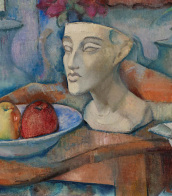
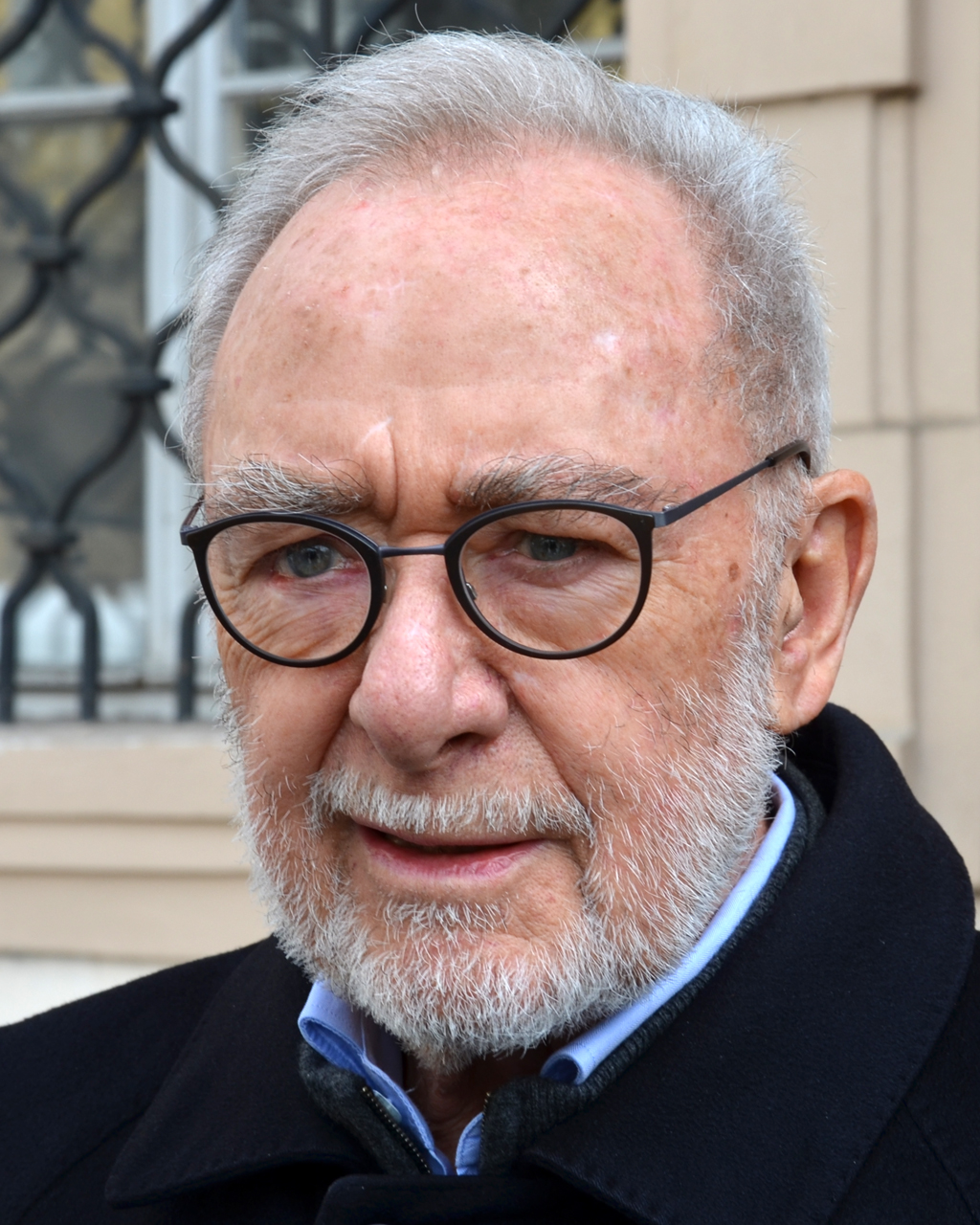
Gerhard Richter is a German visual artist. Richter has produced abstract as well as photorealistic paintings, and also photographs and glass pieces. He is widely regarded as one of the most important contemporary German artists and several of his works have set record prices at auction.

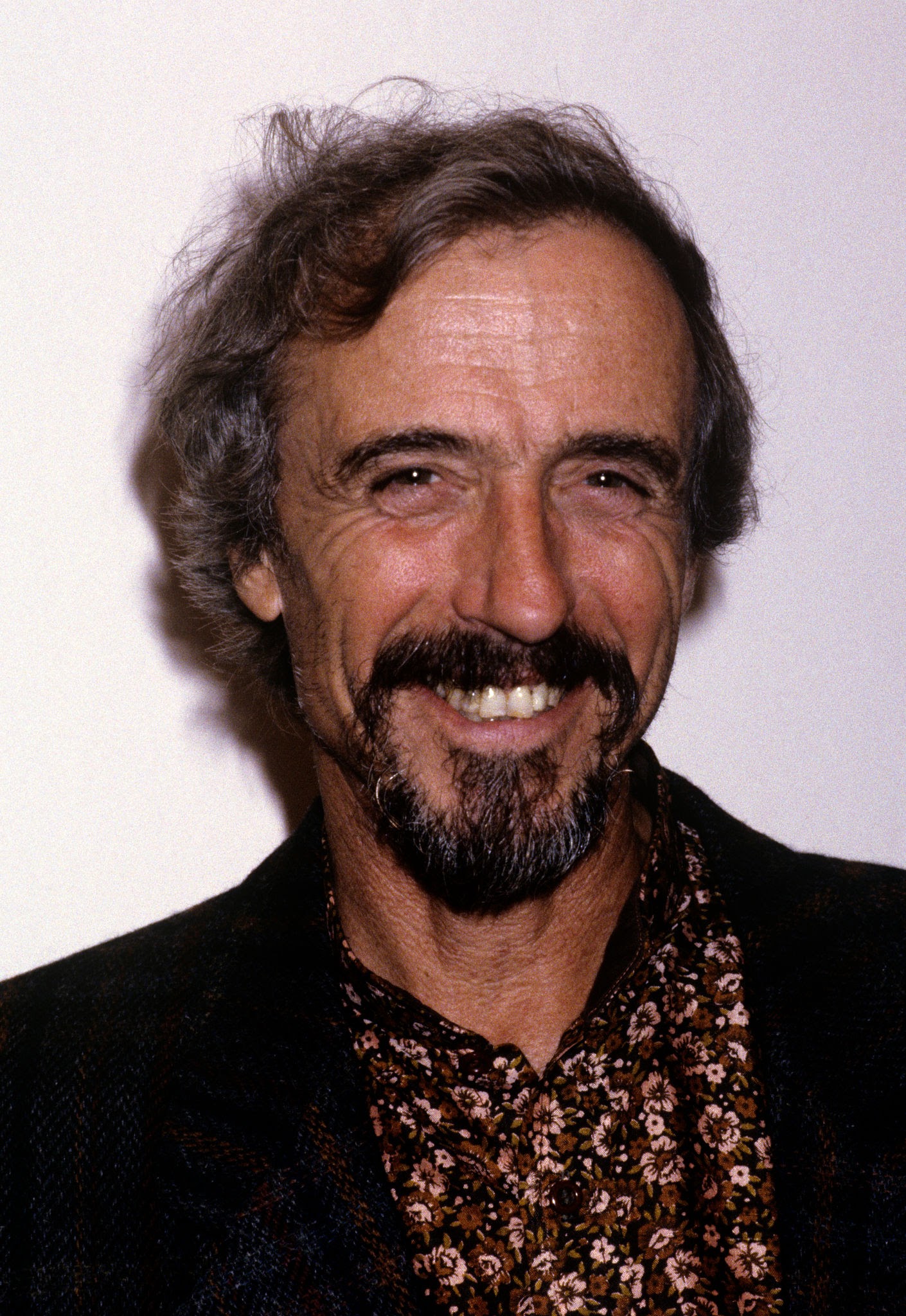
Arik Brauer was an Austrian painter, printmaker, poet, dancer, singer-songwriter, stage designer, architect, and academic teacher.
Brauer, from a family of Jewish emigrants, grew up in Vienna under the Nazi regime.
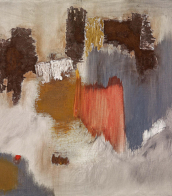
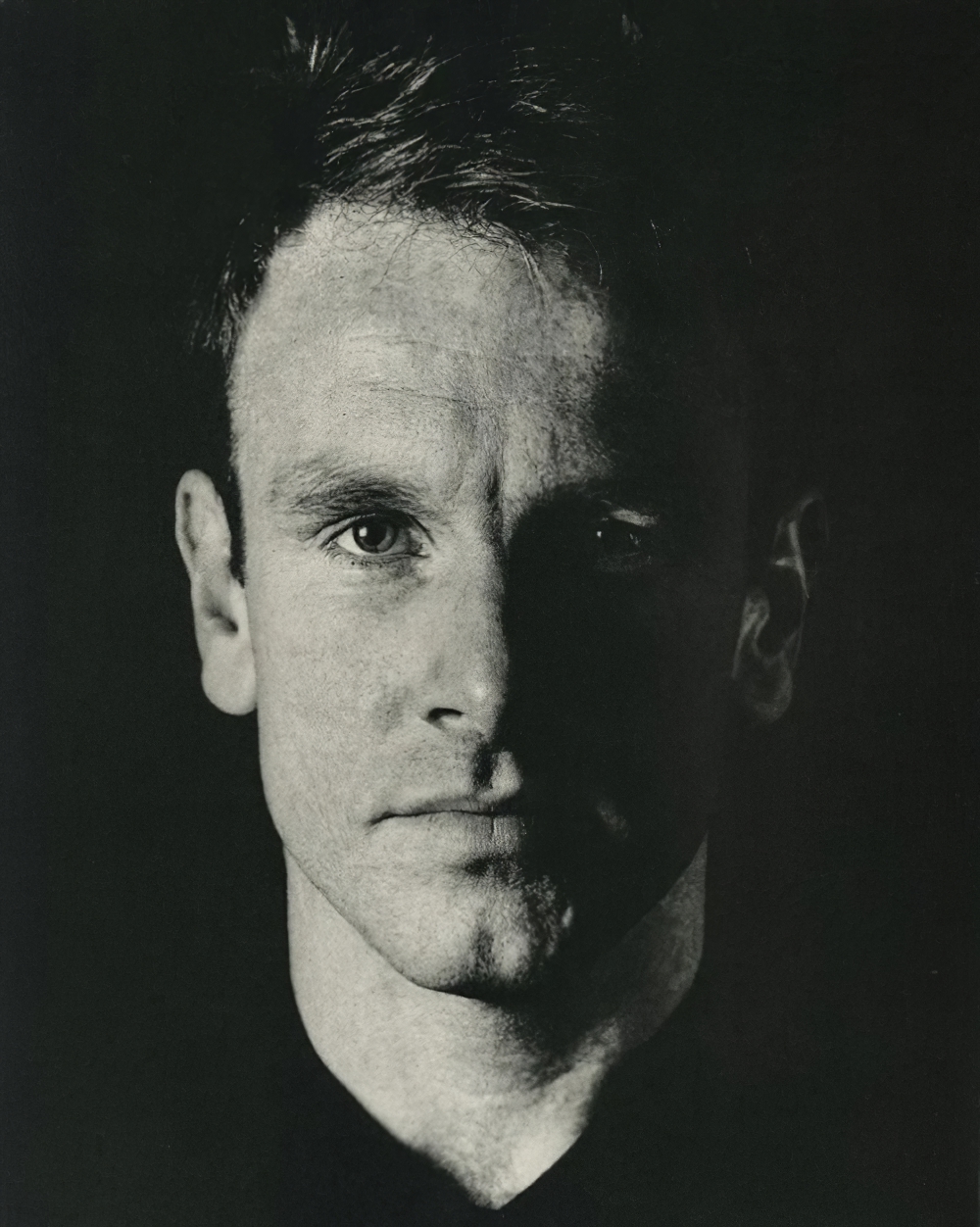
Jack Pierson, a contemporary American artist born in 1960 in Plymouth, Massachusetts, has carved a distinctive niche in the realms of photography, sculpture, and art. His association with the Boston School, alongside notable figures like Nan Goldin, David Armstrong, and Mark Morrisroe, underscores his significant influence on contemporary art. Jack Pierson's oeuvre is renowned for its exploration of the emotional undercurrents of daily life, ranging from romantic attachment to the idealization of wanderlust.
His practice encompasses a broad spectrum of media, including photography, sculpture, installation, painting, and found objects, through which he delves into life's varied emotional landscapes. Particularly striking are his large-scale wall sculptures composed of letters in diverse sizes and materials, juxtaposed with the hazy, soft-focus effect of his photographic works. These photos, reminiscent of road movies, capture the essence of a rapturous journey across the American landscape, while his word pieces rooted in nostalgia critique the American Dream's underbelly.
Jack Pierson's art does not merely valorize the American Dream; instead, it reveals its more complex, often melancholic dimensions. His word pieces, sourced from everyday vernacular and infused with historical, political, and cultural references, serve as a poignant reminder of Hollywood's bygone era and engage with contemporary philosophical ideas. His works are a testament to the power of language and material in evoking profound cultural and personal reflections, embodying an American variant of concrete poetry.
Currently residing in both New York City and Southern California, Jack Pierson's influence extends globally, with his works included in prestigious collections such as the Museum of Contemporary Art North Miami, the San Francisco Museum of Modern Art, and the Museum of Modern Art in New York. His career has been marked by significant exhibitions worldwide, demonstrating his pivotal role in shaping contemporary art discourse.
For collectors and experts in art and antiques seeking to explore the nuanced landscapes of contemporary art, Jack Pierson's work offers a compelling study in emotion, nostalgia, and cultural commentary. His ability to bridge the gap between various forms of artistic expression makes him a key figure in understanding the trajectory of modern art.
To stay updated on Jack Pierson's latest works and exhibitions, consider signing up for updates. This subscription is a gateway to the evolving landscape of contemporary art, offering insights and access to one of the most profound voices in today's art world.
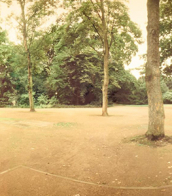
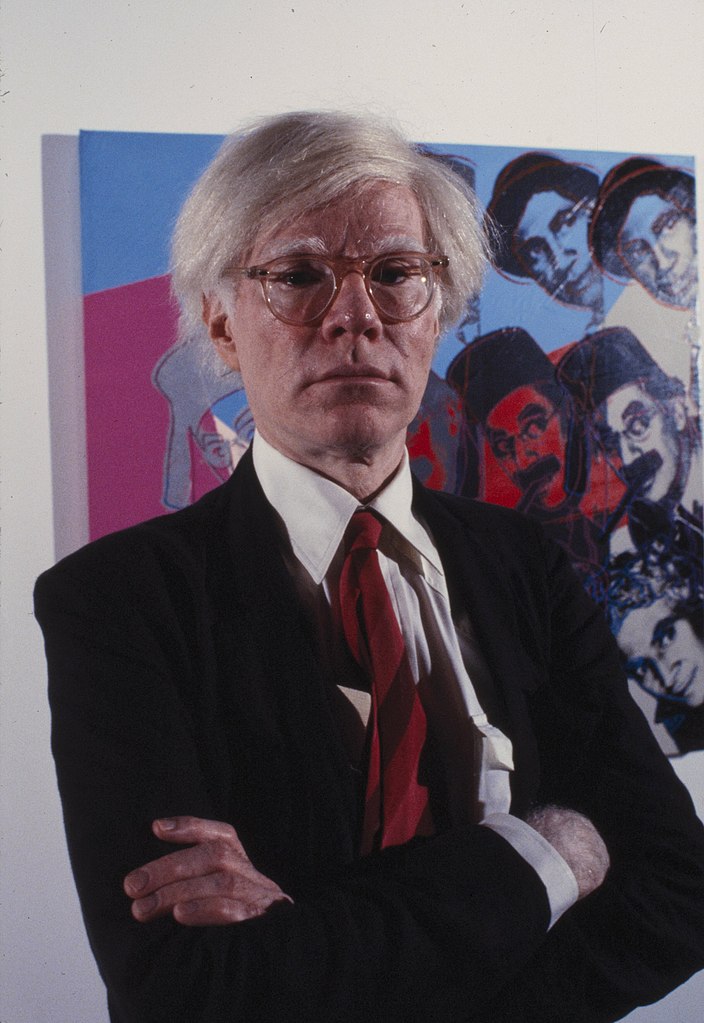
Andy Warhol, born as Andrew Warhola Jr., was an American visual artist, film director, and producer, who played a pivotal role in the development of the Pop Art movement. His art delved into the interplay between artistic expression, advertising, and celebrity culture, especially prevalent in the 1960s. Warhol was renowned for his diverse range of media, which included painting, silkscreening, photography, film, and sculpture.
Warhol's journey began in Pittsburgh, where he was born and raised, initially making a name for himself as a commercial illustrator. His New York studio, "The Factory," became a famous hub for intellectuals, celebrities, and various artistic minds. He was known for creating the notion of "Warhol superstars" and popularized the phrase "15 minutes of fame."
His contribution to the art world is significant, with notable works like "Campbell's Soup Cans" (1962) and "Marilyn Diptych" (1962), as well as his experimental films like "Empire" (1964) and "Chelsea Girls" (1966). These works not only define his career but also underscore the essence of the Pop Art movement.
Warhol's influence extended beyond his artwork. He managed and produced the experimental rock band The Velvet Underground, founded Interview magazine, and wrote several books, including "The Philosophy of Andy Warhol" and "Popism: The Warhol Sixties." Living openly as a gay man before the gay liberation movement, Warhol's personal life was as influential as his professional endeavors.
Tragically, Warhol's life was nearly cut short in 1968 when he was shot by radical feminist Valerie Solanas. He eventually passed away in 1987 due to cardiac arrhythmia following gallbladder surgery. His legacy continues, with The Andy Warhol Museum in Pittsburgh standing as the largest U.S. museum dedicated to a single artist.
Warhol's art remains highly collectible and valuable. His works, like the "Silver Car Crash (Double Disaster)" and "Shot Sage Blue Marilyn," have fetched staggering amounts at auctions, signifying his enduring impact on the art market.
For art collectors and experts, Andy Warhol's work represents a crucial intersection of pop culture and fine art, offering a unique perspective on consumerism and celebrity. His pieces are not just art; they are historical landmarks that capture a transformative era in both art and society.
To stay updated on new products, sales, and auction events related to Andy Warhol, sign up for our updates. This subscription will keep you informed about all things Warhol without overwhelming you with unnecessary information.

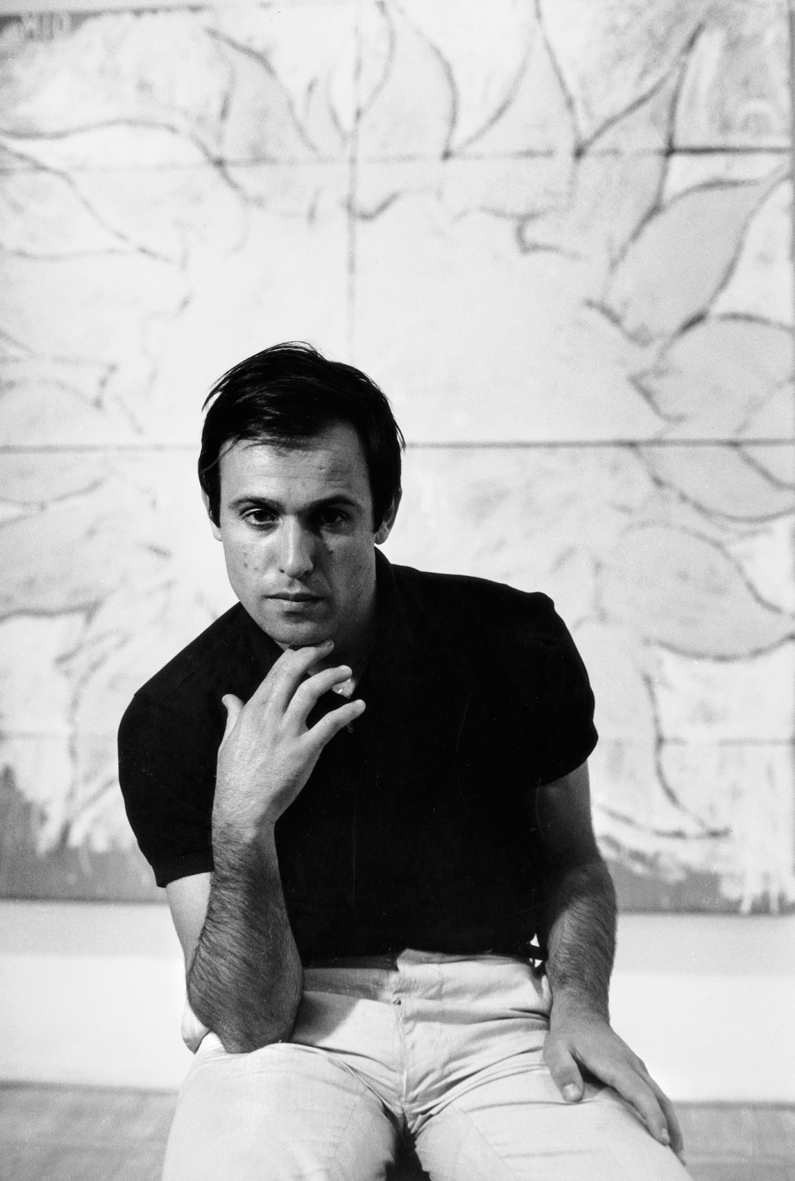
Mario Schifano was an Italian painter and collagist of the Postmodern tradition. He also achieved some renown as a film-maker and rock musician.
He is considered to be one of the most significant and pre-eminent artists of Italian postmodernism.
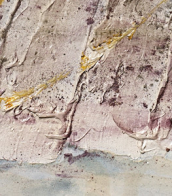
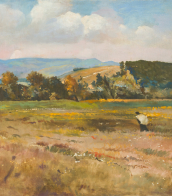

Gerhard Richter is a German visual artist. Richter has produced abstract as well as photorealistic paintings, and also photographs and glass pieces. He is widely regarded as one of the most important contemporary German artists and several of his works have set record prices at auction.
